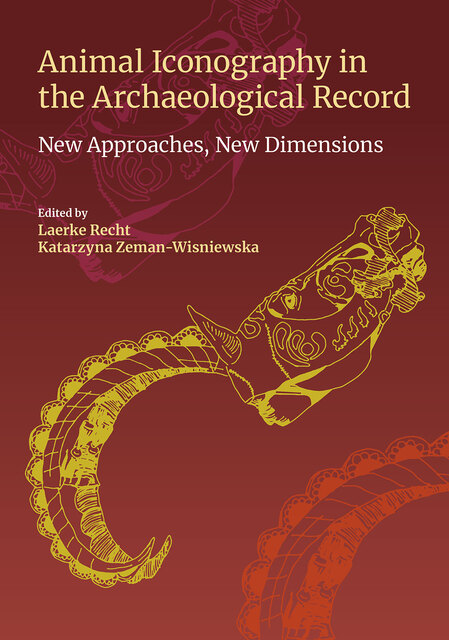Recht/Animal Iconography, 5. How Many Tentacles? Octo-pus and X-pus in the Aegean Bronze Age: A New Archaeozoological Approach

Full description
The Mediterranean common octopus, Octopus vulgaris, was an important symbol in the Greek Bronze Age, and is a very widespread motif encountered on pottery, paintings, jewellery and so on, although its connotation is not fully understood. This cephalopod is one of the 13 autochthonous octopods living in the Mediterranean and the most easily observable because it can be found in very shallow waters. In agreement with its scientific and vernacular names – e.g. Greek: χταπόδι, English: octopus – the actual Octopus vulgaris has eight arms (or tentacles). However, in many Bronze Age representations, the common octopus is figured with a variable number of arms, including odd numbers which disrupt its natural bilateral symmetry: we can find octopuses with 4, 6, 7, 8, 9 and also 10 tentacles. Through an integrated analysis of archaeological contexts, iconographies with ‘wrong’ numbers of tentacles, zoological identification and biological features, this paper will explore the various ways it was represented, as well as human-animal interactions and possible symbolic meanings of this truly fascinating animal.
- typeImage
- created on
- file formatjpg
- file size273 KB
- container titleAnimal Iconography in the Archaeological Record: New Approaches, New Dimensions
- creatorLucia Alberti, Giambattista Bello
- isbn9781781799277 (eBook)
- publisherEquinox Publishing Ltd., 2021
- publisher placeSheffield, United Kingdom
- rights holderEquinox Publishing Ltd.
We use cookies to analyze our traffic. Please decide if you are willing to accept cookies from our website. You can change this setting anytime in Privacy Settings.
